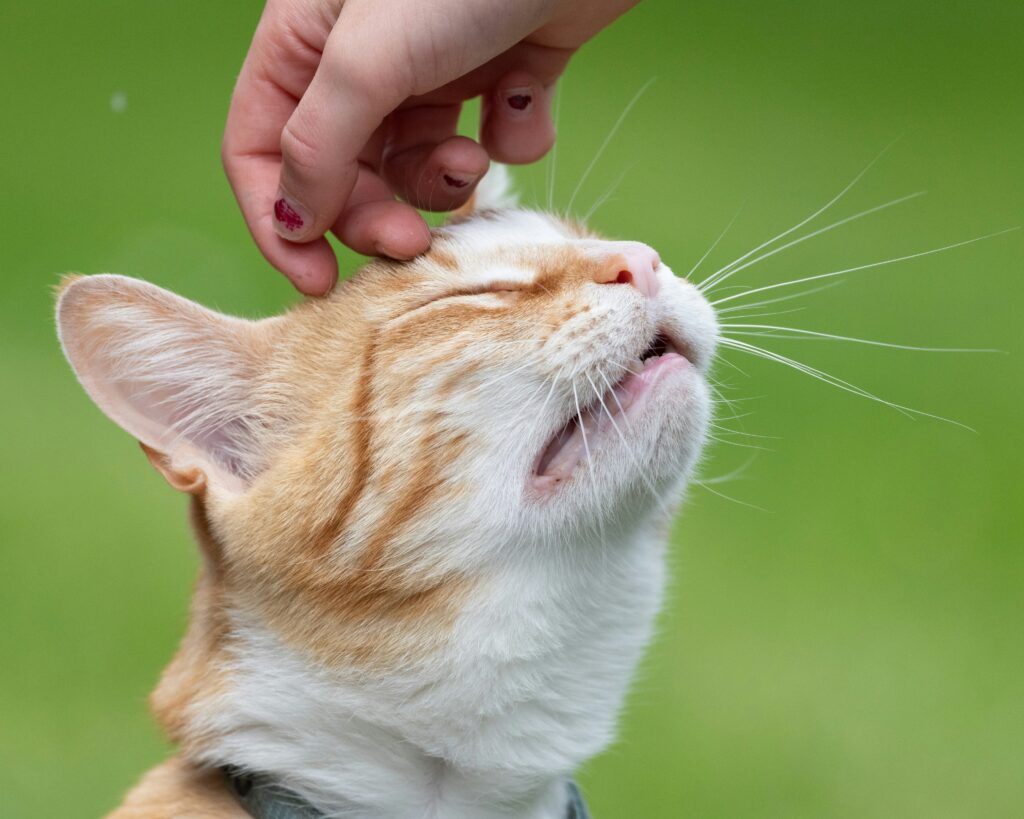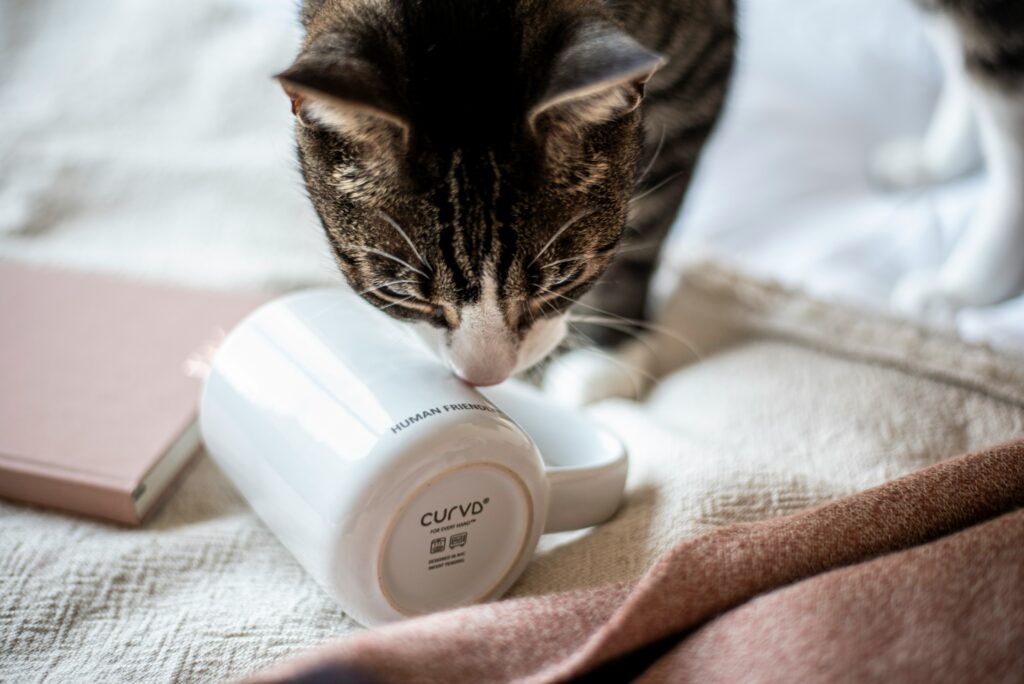The Basics: What Pet Allergies Really Are
Pet allergies are a two-way street. Animals can have allergic reactions just like humans do, and people can have allergies to pets. Knowing the difference matters.
Let’s start with pets. Dogs and cats can react to a bunch of things: pollen, dust mites, mold, certain cleaning products, and even food ingredients like beef, chicken, or grains. The immune system overreacts to something harmless, like grass, and boom—itchy skin, swelling, or stomach troubles. These are known as environmental or food allergies. Some pets even react to flea saliva, leading to intense scratching and fur loss.
Now flip it. People commonly develop allergies to pet dander, which is made of tiny skin flakes, saliva, or urine proteins that become airborne. Cats are a bigger trigger than dogs in most cases, partly because cat allergens are lighter and stick to surfaces longer. The result for humans can be sneezing, watery eyes, coughing, or even asthma symptoms.
So, what’s the difference between pet allergies and being allergic to pets? Pets with allergies react to things in their environment or diet. People who are allergic to pets react to the animals themselves. It’s two distinct problems that occasionally meet in one household.
Typical symptoms are also different. In pets, look for red, inflamed skin, constant licking, ear infections, or digestive upset. In humans, it’s often hay-fever-like responses: runny nose, itchy eyes, wheezing, and sometimes skin rashes. Knowing what to look for makes all the difference in getting ahead of it early.
Identifying the Triggers
Allergies in pets—and allergies caused by pets—often come down to one thing: exposure to specific triggers. Understanding what those triggers are is the first step in managing allergy symptoms early and effectively.
Common Environmental Triggers
Many pets and humans alike react to allergens in the environment. These are often invisible irritants but can cause very visible problems.
- Dust mites: These microscopic bugs live in household items like carpets, bedding, and upholstery.
- Pollen: Outdoor allergens can hitch a ride on your shoes and clothes, then transfer to your pet’s fur.
- Mold spores: Damp areas in your home or pet’s living space can harbor mold that causes respiratory and skin issues.
Tip: Regular cleaning and ventilation can reduce exposure to environmental allergens significantly.
Food-Related Sensitivities
Food allergies or intolerances are common in pets, especially dogs and cats. They often go unnoticed until symptoms persist.
- Common culprits include beef, chicken, dairy, wheat, and even certain preservatives.
- Symptoms could present as itchy skin, ear infections, or digestive issues like vomiting or diarrhea.
Action Step: Talk to your vet about an elimination diet if food allergies are suspected.
Grooming and Chemical Irritants
What you use to care for your pet may be doing more harm than good:
- Shampoos and conditioners with harsh chemicals or fragrances can irritate skin.
- Household cleaners and sprays your pet comes into contact with might also trigger reactions.
Recommendation: Choose vet-approved, fragrance-free products designed for sensitive pets.
Spotting the Signs Early
Catching allergy symptoms before they escalate saves time, money, and discomfort for your pet.
Watch for:
- Excessive scratching or licking
- Red, irritated skin or paws
- Watery eyes or sneezing
- Chronic ear infections
If you notice patterns or new behaviors, documenting them can be valuable for your vet visit. Early detection is often the key to long-term relief.
Helping Your Pet Manage Allergies
Managing pet allergies starts with one non-negotiable move: talk to your vet. There are several over-the-counter antihistamines like cetirizine and diphenhydramine that are commonly used in pets, but dosing is critical and often weight-specific. Your vet may also recommend prescription options, corticosteroids, or even allergy shots depending on severity.
Food plays a bigger role than most realize. Hypoallergenic diets—often built around novel proteins or hydrolyzed ingredients—can make a huge difference, especially when skin issues or chronic itching are involved. Avoid unproven fads. Stick with limited-ingredient diets backed by clinical research, or vet-recommended brands that have undergone feeding trials. Same goes for treats: fewer ingredients, more control.
Bathing routines matter too. Frequent, gentle baths with non-medicated, hypoallergenic shampoos can reduce dander and relieve irritated skin. Oatmeal-based or aloe-infused formulas tend to be a safe bet. Frequency depends on your dog or cat’s coat and sensitivity, but once a week is often enough during flare-ups.
Creating a low-allergen home means staying ahead of the dust and dander. Vacuum regularly (with a HEPA filter), wash pet bedding often, and ventilate spaces to cut pollen and mold. Consider using air purifiers in high-traffic or shared sleep areas. It’s about reducing the total allergen load, not chasing zero. Your pet doesn’t need sterile; they need consistent, low-impact care.
How to Protect Yourself if You’re Allergic to Your Pet
Living with pet allergies doesn’t necessarily mean giving up your companion. With the right environment and everyday routines, you can significantly reduce allergen exposure while keeping your bond strong.
Invest in the Right Tools
Certain upgrades around your home can make a measurable difference in how allergens accumulate and linger.
- High-Efficiency Air Purifiers: Look for models with HEPA filters, which capture pet dander and airborne allergens effectively.
- Vacuum Cleaners with HEPA Filters: Not all vacuums are created equal. Choose one specifically rated for pet hair and dander, and be sure to vacuum frequently—especially in high-traffic areas and pet zones.
Grooming Makes a Difference
A consistent grooming routine helps reduce the spread of allergens at the source—your pet’s skin and coat.
- Brush Regularly: Use dander-catching brushes and, if possible, groom outdoors to keep allergens out of your home.
- Bathe Strategically: Ask your vet about appropriate shampoos and ideal bathing frequency. Overwashing can irritate skin, but underwashing allows dander and allergens to build up.
- Wipe Paws and Fur: After walks or play, use pet-safe wipes to remove allergens your pet may have picked up outdoors.
Clean Smart, Not Just Often
It’s not just how often you clean—it’s how intentionally you do it.
- Use Anti-Allergen Cleaning Products: Choose formulas designed to neutralize allergens instead of simply masking them.
- Wash Pet Bedding Weekly: Use hot water to wash covers, bedding, and soft toys that collect dander.
- Declutter Common Areas: The fewer surfaces allergens can cling to, the easier it is to clean effectively.
Know When Separation May Help
In some cases, creating boundaries can support your health without damaging the relationship.
- Establish Pet-Free Zones: Keeping pets out of bedrooms can help reduce overnight exposure to allergens and improve sleep quality.
- Temporary Separation During Flares: If symptoms worsen, consider short-term separation or increased distance within the home until symptoms are under control.
- Rehoming as the Last Resort: While difficult, rehoming becomes a necessary discussion only when health is severely compromised and all other strategies have been exhausted.
With the right combination of tools, habits, and realistic boundaries, it’s entirely possible to live a comfortable, fulfilling life alongside the pet you love—even if you’re allergic.
Team Effort: Working With Vets and Specialists
When it comes to chronic allergies—pet or human—guesswork doesn’t cut it. The first real step toward relief is a proper diagnosis. That means allergy testing, either through your vet or your own doctor. Blood work, skin tests, elimination diets—they’re not glamorous, but they’re the difference between chasing symptoms and actually addressing what’s causing them.
A good vet will know when your pet needs to be referred to a veterinary dermatologist, especially if the itch-scratch cycle never ends, skin infections keep coming back, or off-the-shelf treatments stop working. The same logic applies to people. If you’re constantly relying on antihistamines or dealing with flare-ups from exposure, it’s time to talk to a specialist. Dermatologists can help you understand if it’s really your pet—or something else—that’s triggering reactions.
Managing allergies isn’t about the magic spray or latest supplement. You need a long-term plan. Quick fixes will only take you so far. Whether it’s customizing your pet’s diet, setting regular grooming routines, or investing in home air filtration, success comes from a steady, informed approach. Build a routine. Stick to it. Check in when things change. It’s not fancy—but it works.
Lifestyle Adjustments That Work
Living with pet allergies doesn’t mean living in misery—or giving up your pet. But it does mean being disciplined about how you share space. First, carve out pet-free zones in your home. At the very least, keep your bedroom completely off-limits. It’s your recovery zone, and pet dander should never be part of your sleep hygiene.
Ventilation matters more than people think. Use HEPA filters, clean them regularly, and don’t ignore humidity. Allergens like dust mites thrive when the air’s too damp. Aim for 30–50% humidity and let fresh air in whenever possible.
Choosing the right pet can set the tone from the start. Some breeds release fewer allergens—like poodles, bichon frises, and certain hairless cats. It’s not foolproof, but it helps. Do your homework. If you already have a pet, regular grooming is non-negotiable.
Daily habits make up the foundation. Wipe paws after walks. Vacuum with a HEPA machine a few times a week. Wash bedding—yours and theirs—on hot. And resist the urge to let them nap on the couch. Small choices, but they stack up fast.
It’s not glamorous, but it’s manageable. Build the habits, and both you and your pet can breathe easier.
Planning for the Unexpected
Even with careful allergy management, unexpected flare-ups can still happen—both for you and your pet. Being prepared for emergencies is essential to keeping everyone safe and comfortable.
Recognizing Sudden Allergic Reactions
Allergic reactions can sometimes escalate quickly, especially if a new trigger is introduced or an existing condition worsens. Here’s what to look out for:
In Pets:
- Swelling around the face or paws
- Excessive scratching or licking
- Vomiting or diarrhea
- Breathing difficulties or wheezing
In Humans:
- Hives or skin rash
- Sudden sneezing fits or nasal congestion
- Shortness of breath or asthma symptoms
- Eye irritation or swelling
What To Do When Symptoms Spiral
It’s important to act fast when an allergic reaction becomes severe. Establish an allergy action plan in advance:
- Have medications ready: Keep antihistamines, prescribed treatments, or inhalers easily accessible for emergencies.
- Know your vet or doctor’s emergency protocol: Save contact info and know where the nearest emergency clinic is.
- Record history: Document allergy triggers and reactions to accelerate diagnosis and treatment.
- Act quickly: For pets or people showing signs of anaphylaxis (difficulty breathing, collapse), seek emergency care immediately.
Financial Preparation for Chronic Allergy Cases
Ongoing allergy care can be expensive, especially if it involves medication, testing, or vet visits. Planning financially helps reduce stress when the unexpected hits.
- Set aside an emergency fund for medical needs—human or animal
- Consider pet insurance that covers chronic conditions or allergy-related care. Look for plans that include dermatology or specialty visits
- Review benefit plans or health savings options for human allergy treatment costs
For more on how to prepare financially:
Related reading: Understanding Pet Insurance: What You Need to Know
Final Thoughts: Comfort on Both Sides of the Leash
Living with pet allergies can be tough—but it’s far from impossible. You don’t have to choose between your health and your four-legged sidekick. With the right systems in place, it’s totally doable to make room for both.
It starts with clear priorities. Everyone’s well-being matters—yours and your pet’s. That means being honest about the triggers, investing in the tools that help minimize exposure, and staying consistent about routines. This isn’t about all-or-nothing solutions. It’s about small, steady adjustments that stack up over time.
Daily habits carry most of the weight. Quick wipe-downs after outdoor time, HEPA filters on full-time duty, weekly bathing schedules, lint rollers on standby—none of it is glamorous, but it works. These are the quiet, repeatable rituals that make sharing a home with your pet manageable and comfortable.
Allergies can be disruptive, but they don’t have to be deal-breakers. With a bit of patience, strategy, and a good vacuum, you can build a home where everyone breathes (and lives) easier.


 Susana Richersonear writes for pethubnest focusing on digital tools, smart gadgets, and trends that make pet ownership easier. Her articles guide readers toward modern solutions for everyday pet needs.
Susana Richersonear writes for pethubnest focusing on digital tools, smart gadgets, and trends that make pet ownership easier. Her articles guide readers toward modern solutions for everyday pet needs.


